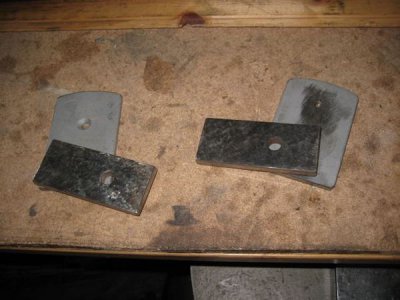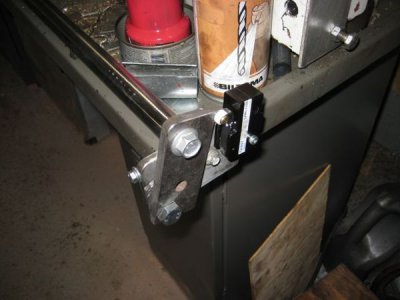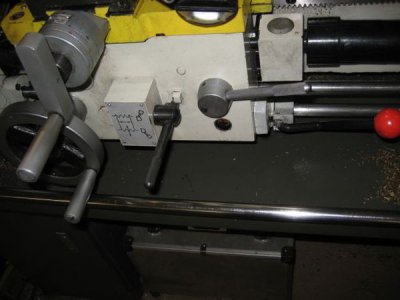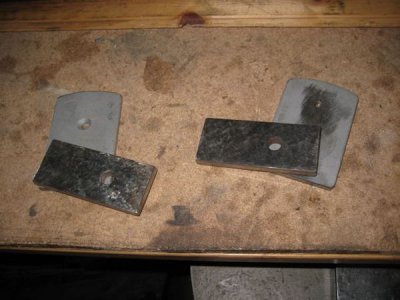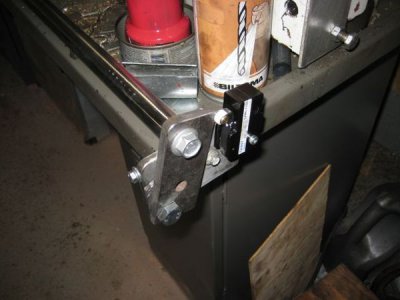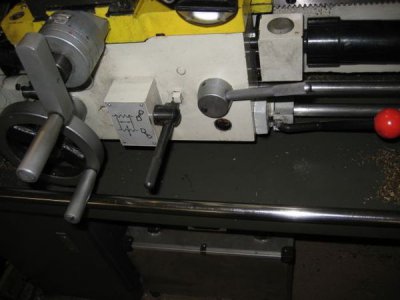- Joined
- Feb 2, 2014
- Messages
- 112
I´m planning to make a emergency brake to my Crusader lathe.
I'm thinking of making an iron rod hinged at each end, with a electrical switch connected in series with the stop switch.
Has anyone made such and can anyone give me some ideas about this project?
I'm thinking of making an iron rod hinged at each end, with a electrical switch connected in series with the stop switch.
Has anyone made such and can anyone give me some ideas about this project?


